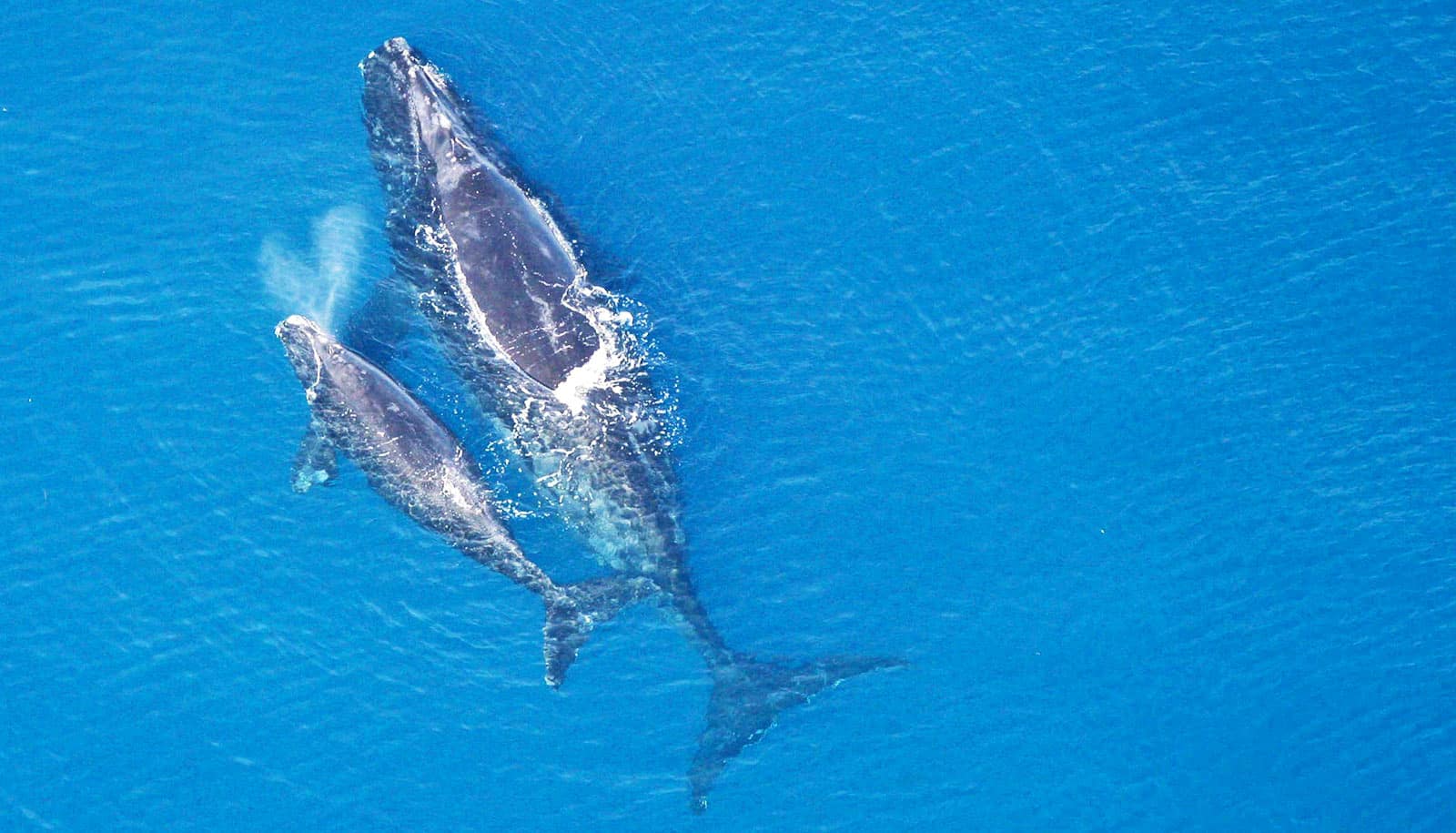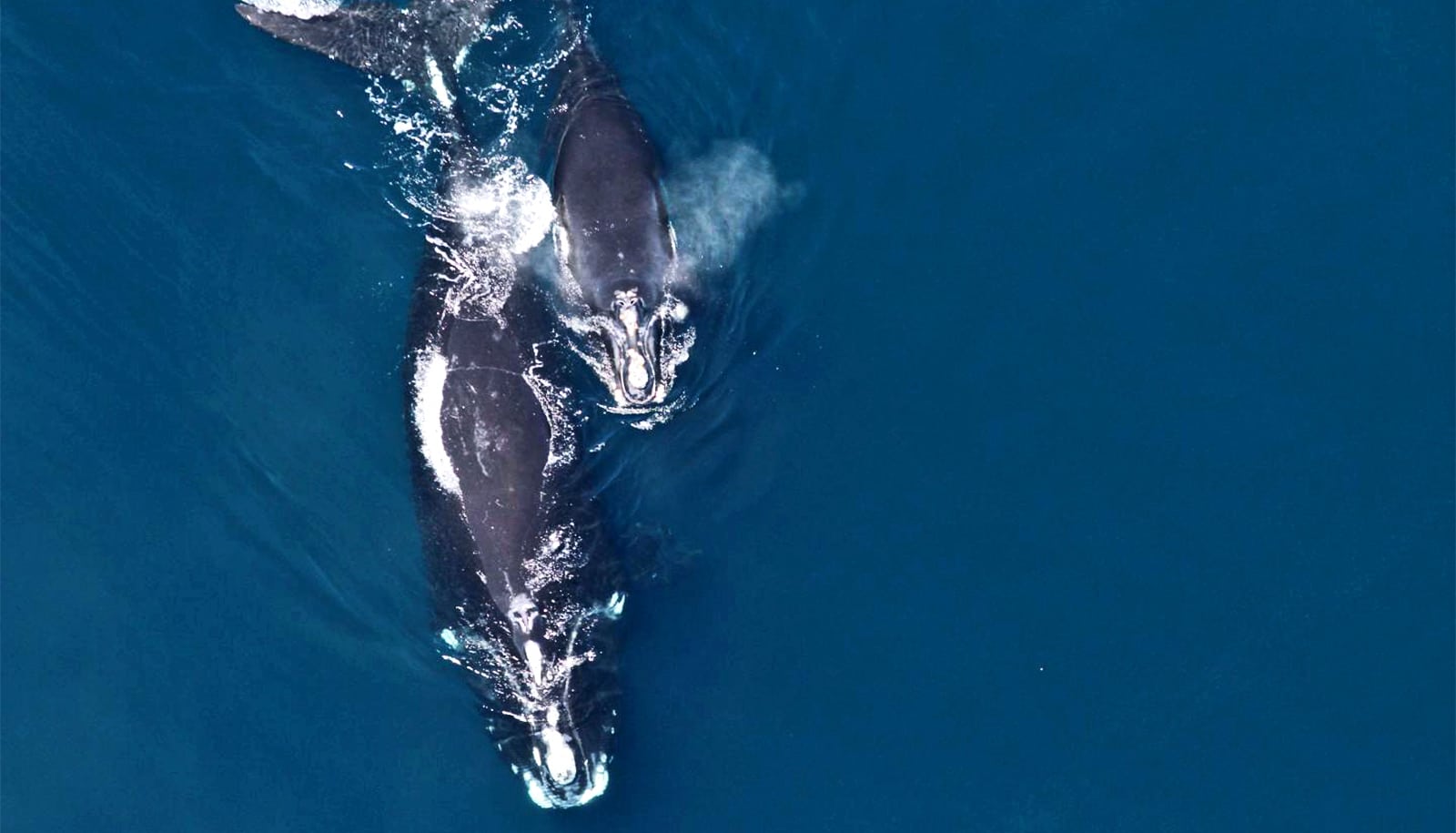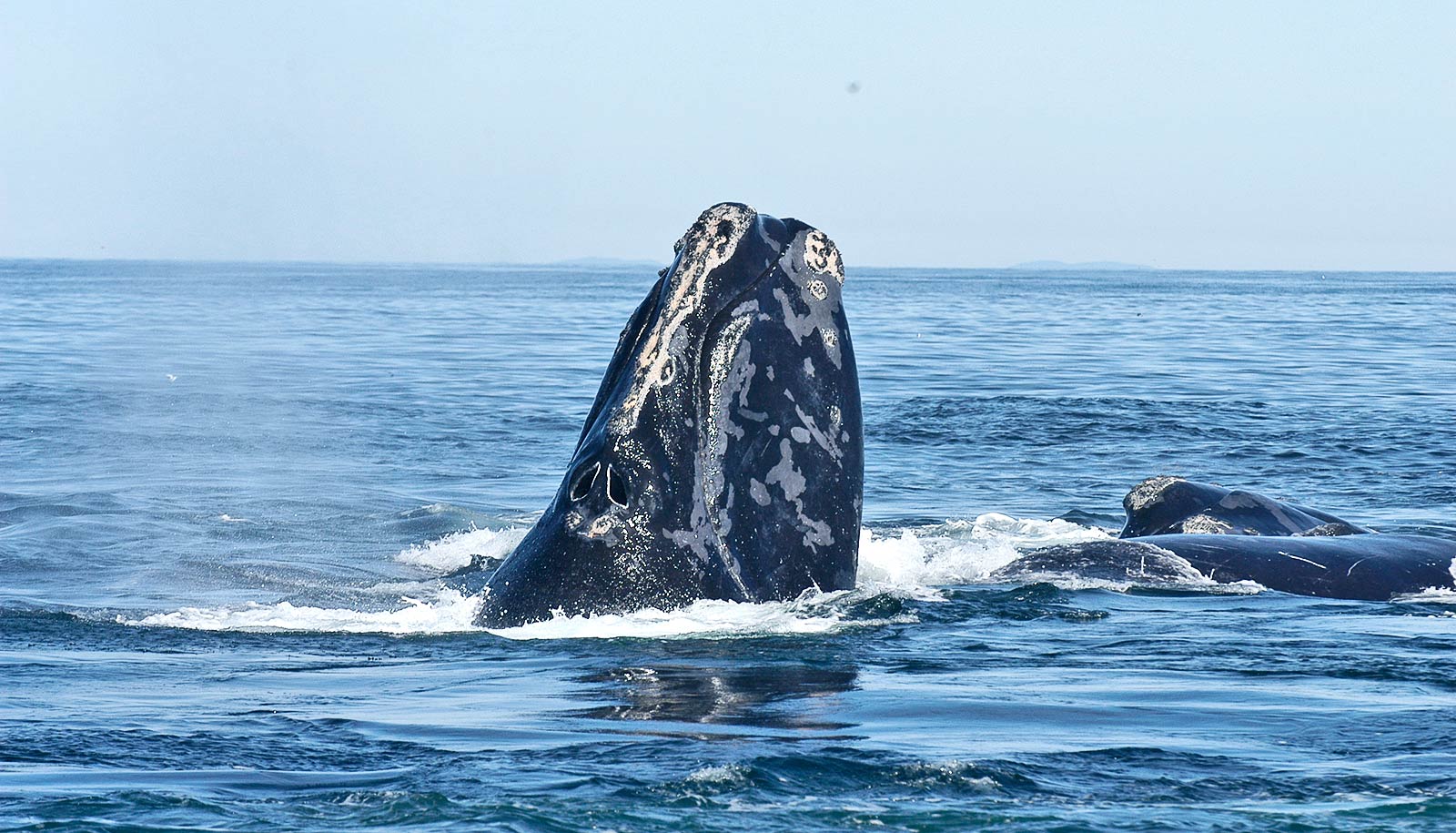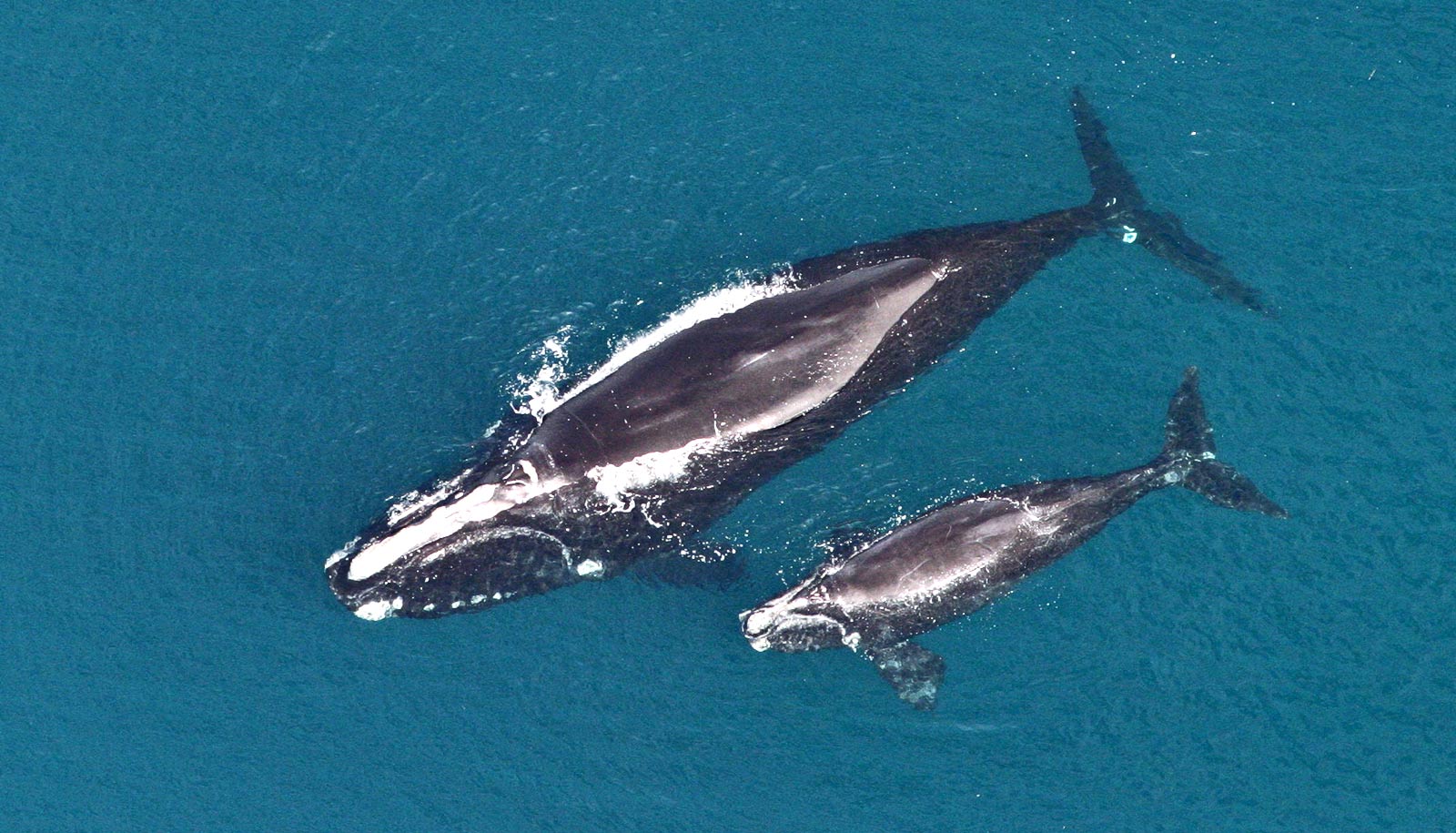Fewer than 366 surviving North Atlantic right whales remain on Earth as extinction pressures mount on the critically endangered species, according to a new study.
Climate change, vessel strikes, entanglements in fishing gear, and underwater noise pollution have taken a toll on the species’ health and slowed its rate of reproduction, but there is still time to turn the numbers around, the report’s authors say.
“North Atlantic right whales face a serious risk of extinction, but there is hope if we can work together on solutions. Trauma reduction measures and applying new tools to assess their health are critically important to enhance the welfare of individual whales. If we can reduce the number of deaths, and successfully improve their health (and increase their) reproduction, the current decline in population can be reversed,” says lead study author Michael Moore, a whale trauma specialist at Woods Hole Oceanographic Institution.
The new report synthesizes a wealth of data collected through numerous monitoring sources—including aerial and vessel photography, animal sampling and tagging studies, and prey dynamics research—to give scientists the most detailed picture to date of the seasonal behaviors and movements of the whales in context of the threats they face from vessel traffic and commercial fishing at different points in their annual migrations.
Being able to map these threats and understand where and when they are most likely to occur enables scientists, ship crews, and government agencies to devise proactive solutions.
“These animals face multiple stressors throughout their range and their survival depends both on a better understanding of how these stressors impact the whales as well as effective management to reduce this burden,” says coauthor Robert Schick, a research scientist at the Marine Geospatial Ecology Lab at Duke University’s Nicholas School of the Environment.
North Atlantic right whales feed in the waters off New England and eastern Canada and migrate to the waters off the southeastern United States to give birth in the winter. National Oceanic and Atmospheric Administration (NOAA) Fisheries has designated two critical habitat areas for the whales, including off the coast of New England and off the southeast US coast from North Carolina to below central coastal Florida.
The species, which is protected under the US Endangered Species Act and the Marine Mammal Protection Act, has been in decline since 2010 and is now one of the rarest marine mammals in the world. Since 2017, at least 33 of the whales have been killed and 15 more have been seriously injured, primarily from vessel strikes or fishing gear entanglements. These losses represent more than 10% of the species’ remaining population.
“Conserving and recovering the critically endangered North Atlantic right whale is a research priority,” says coauthor Teri Rowles, NOAA Fisheries senior advisor for marine mammal health science. “In addition to the threats posed by humans, changing ocean conditions have profound impacts on where whales travel and how they behave.”
The research appears in Diseases of Aquatic Organisms. The new paper is the result of a NOAA Fisheries workshop held in June 2019.
Source: Duke University



